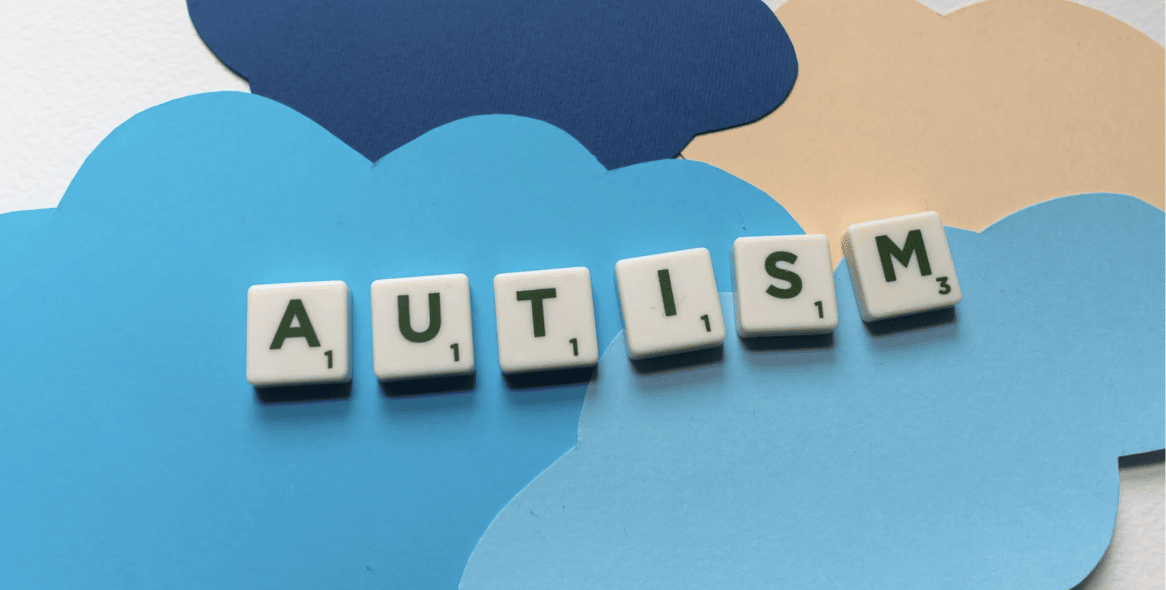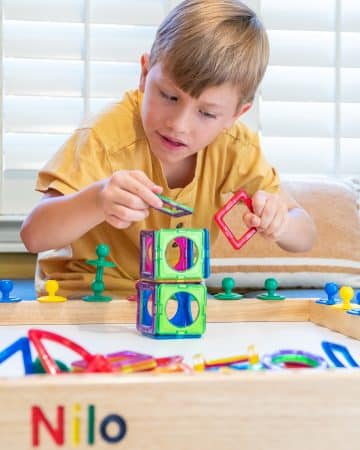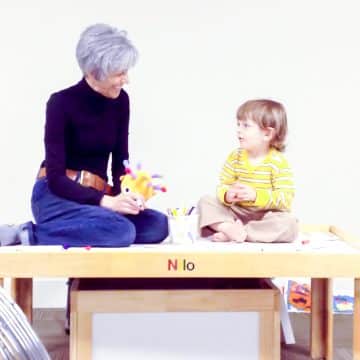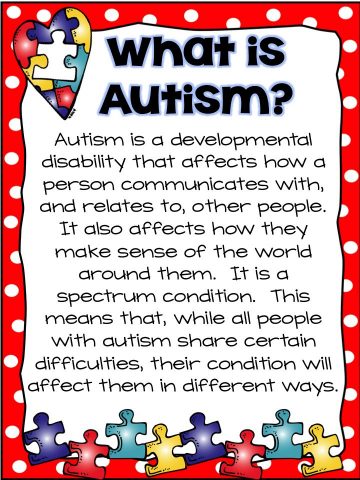
Several factors are used to determine the level of autism. These include the extent of social communication skills, the insistence on the sameness of activities and environments, and repetitive behaviors. However, there is no single standard definition of autism. If your child displays any of these characteristics, you may need to see a psychologist.
What is autism
Autism is a spectrum disorder, which means that it can affect anyone differently. Some people with autism are highly intelligent and highly skilled, while others are severely challenged. During their early years, they may need significant assistance and support, but many eventually go on to lead happy, active lives. There are several risk factors for autism, including genetics and environmental factors. People with autism may also be affected by medical conditions or sensory sensitivities.
There is no known cure for autism, but early intervention is key. Treatment can help a child learn to speak, play, and develop social skills. Therapists may prescribe medications or provide counseling. A child may also benefit from complementary therapies. Animal therapy and art therapy are examples of complementary therapies. These therapies are not intended to cure autism, but to help a child function more independently.
Autism symptoms are often first noticed before the age of three. Parents may notice that their child seems to be having difficulties with communication and social interactions. There are a variety of symptoms that may indicate autism, ranging from mild to severe. In addition to behavioral and mental health issues, a child with autism may also experience emotional problems and difficulty expressing his or her feelings.
What is autism level 1
Autism is a very broad term that describes a variety of conditions involving challenges with social skills, repetitive behaviors, and nonverbal communication. Level one of autism refers to children with a milder form of the disorder. These children may not need as much support and care as children with a more severe form of the disorder, but they still experience difficulties with communication and social interaction.
Children with level 1 ASD often have difficulty reading social cues and body language, and struggle to form meaningful conversations with other people. They also have difficulty coordinating activities and moving from one activity to another. They are also less independent than other age groups and may have trouble adjusting to new experiences. This makes it difficult to help them learn new things and develop independence. Nevertheless, children with autism can benefit from special support in learning, socialization, and play.
The spectrum of autism disorders includes people with milder forms of the disorder, such as Asperger’s syndrome. These individuals usually display high intelligence but struggle in social situations. As a result, they often go undiagnosed, since few people recognize their symptoms as those associated with autism.
What is autism level 2
There are several levels of autism, and knowing which level a child or young adult is in can help doctors determine the appropriate level of support. Level two typically involves significant challenges in the areas of socialization and communication. Individuals with autism often struggle to make and maintain friendships. They may also have co-occurring psychological or physical conditions.
Level three is the most severe level of autism, and will require substantial support for the rest of a person’s life. They will exhibit a marked lack of communication skills, as well as inflexible and repetitive behaviors. They may also have trouble adapting to change and will have difficulty coping with sensory overload.
Level two autism involves even more difficult challenges than level one. The gaps in social and communication skills are usually larger. This level of autism usually begins around middle school, when social dynamics are more complex. Individuals with autism often become uncomfortable in social situations and exhibit an increasingly awkward manner. Other difficulties include difficulty making eye contact, nonverbal communication, and spatial awareness.
The first step in treating level two autism is to identify the symptoms of the disorder. A behavioral therapist can help a person with autism learn how to manage their symptoms and respond to others. Occupational and speech therapy can also be beneficial.
What is autism level 3
Level 3 autism is the most severe type of autism. Children with this disorder will exhibit many of the same behaviors as those with levels 1 and 2, but their difficulty in expressing themselves will be far more extreme. This will make it very difficult for them to interact socially and function. Level 3 individuals will have repetitive behaviors, have limited or nonexistent speech, and will be distressed when their focus is changed.
Children with this level have the hardest time interacting and socializing. Many of them are nonverbal, and they will require the greatest amount of support. They are also more likely to develop other disorders in addition to autism. Moreover, they may need more intensive therapies than other levels of autism. In addition to therapy, they may be prescribed medication to help them manage their specific symptoms.
When diagnosing autism, doctors consider many different factors, including the severity of a child’s symptoms and the age of onset. For instance, a child may show signs of autism as early as 18 months or as late as age six. They may also need to undergo psychological testing to rule out other underlying conditions. Depending on these factors, the doctors will assign a level to the child.
Learning with autism
A well-designed environment for learning can make a big difference in the success of students with autism. Although these students are typically gifted, they often face unique challenges when learning in the classroom. These challenges can range from bullying to a slow learning pace. Additionally, they may have sensory issues that are exacerbated by fluorescent lights, school bells, and noise. An ideal learning environment will eliminate these barriers.
People with autism tend to be resistant to change and new environments. They may fixate on particular objects or fields of study. This narrow focus limits their range of interests and can limit their ability to learn about other things. Autism can also make it difficult to remember what they’ve learned. Children with autism may also have difficulties prioritising tasks and dealing with mistakes. These problems can persist well into adulthood.
As a teacher, you should be aware of the different ways that students with autism learn best. While some students learn best with a teacher-directed environment, others learn best with peers. In both cases, students with autism benefit from peer collaboration and interaction.
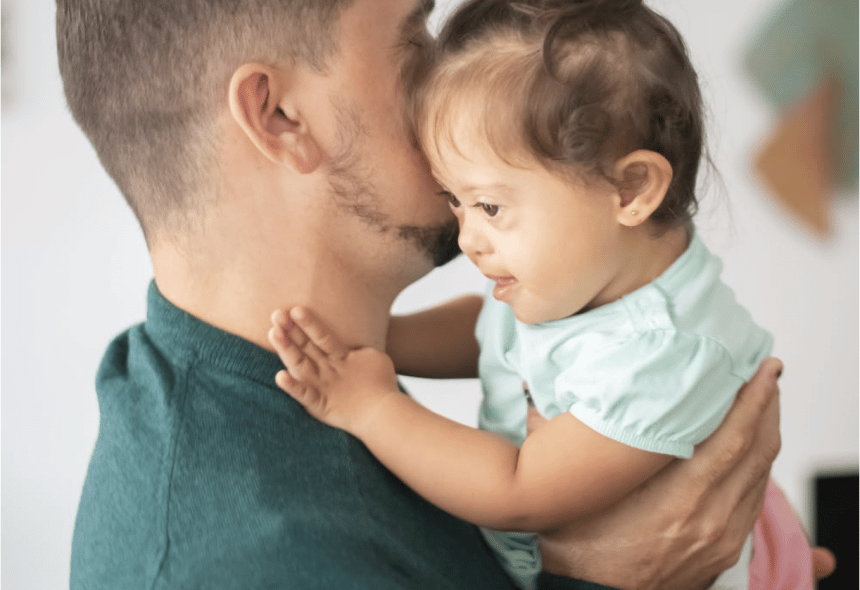
Helping kids with autism – Teaching kids with autism
Children with autism may have a difficult time understanding and learning social cues. Because they are not born with these abilities, they often need extra help to develop them. This is especially true during times of transition, such as the start of school or returning to a different environment. However, there are several strategies parents can use to help kids with autism develop these skills.
First, create a morning routine that your child will enjoy. Include rewards for completing tasks. Try to keep a calm and reassuring approach while dealing with your child. If he or she has trouble paying attention, try to avoid crowding him or her, or even making eye contact. Using visual aids, such as pictures or visual cues, can also help kids with autism develop a successful morning routine.
Another way to help your child with autism is to learn more about the disorder. You can seek help and guidance from professionals in your area. It’s always a good idea to participate in any autism intervention program and make your child feel as though you’re part of the process. After all, you are the most important person for your child, and it’s important to take an active role in their life.
Can autism be cured
There are currently no treatments that are effective enough to completely cure autism. However, scientists are investing in research to understand autism genes. They also acknowledge that autism is more complex than previously thought. As a result, different types of ASD may have different causes. According to Len Abbeduto, a psychologist and autism researcher, 80 percent of autism cases involve genetic factors. There are more than 100 genes that may play a role in autism. The condition is also linked to environmental factors.
Medication can help manage symptoms of autism. For instance, it can help children improve their motor function. With improvements in motor function, a child can speak better. The World Health Organization has stated that the highest attainable standard of health should be a basic human right. This makes it essential to focus on improving the health and research for people with autism.
While there are no sweeping treatments for autism, researchers continue to look for ways to reduce symptoms. Researchers are also discovering new ways to help autistic people thrive.
Autism is a spectrum disorder, which means that it can affect anyone differently. Some people with autism are highly intelligent and highly skilled, while others are severely challenged. However, there is no single standard definition of autism.
Several factors are used to determine the level of autism. These include the extent of social communication skills, the insistence on the sameness of activities and environments, and repetitive behaviors. Speaking to a psychologist is the best way to diagnose the level of autism.
While there are no sweeping treatments for autism, researchers continue to look for ways to reduce symptoms. Researchers are also discovering new ways to help autistic people thrive.
Best Play Table for a Child with Autism
Sensory play tables such as the Large & Small Nilo Play tables for Kids are perfect for children with autism. In fact, many occupational therapists recommend a sensory play table for children with autism!
There are many benefits of having a play table for a child with autism such as the opportunity for every child with special needs to succeed. Whether or not the level of autism is level 3 or level 1, a play table is perfect for all sorts of activities and skill levels.
A play table also offers the perfect place for individual or group activities. Some activities involve rice, beans or other small objects with textures and tastes. As the childs senses are used and engaged, the neurological pathways in their brain continue to become stronger. That said, these small objects are easy to make a mess with, however, that’s where the Nilo play tables are great! The recessed tabletop keeps small bits and pieces on the tabletop preventing a big mess from forming on the ground. Visit your favorite Nilo Play Table product to find out more about the benefits of Nilo play tables for kids!
-
Product on sale
 Toddler Table and Chairs SetOriginal price was: $129.00.$99.00Current price is: $99.00.
Toddler Table and Chairs SetOriginal price was: $129.00.$99.00Current price is: $99.00. -
Product on sale
 Small Nilo® Toddler Activity Table with Blue Baseplates (With Accessory Holes)Original price was: $289.00.$249.00Current price is: $249.00.
Small Nilo® Toddler Activity Table with Blue Baseplates (With Accessory Holes)Original price was: $289.00.$249.00Current price is: $249.00. -
Product on sale
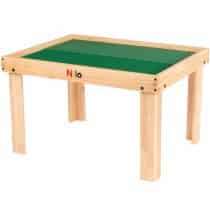 Small Nilo® Toddler Activity Table with Green Baseplates (With Accessory Holes)Original price was: $289.00.$249.00Current price is: $249.00.
Small Nilo® Toddler Activity Table with Green Baseplates (With Accessory Holes)Original price was: $289.00.$249.00Current price is: $249.00. -
Product on sale
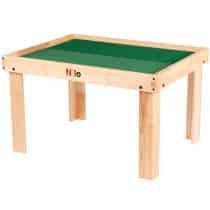 Small Nilo® Toddler Activity Table with Green Baseplates NO HOLESOriginal price was: $289.00.$249.00Current price is: $249.00.
Small Nilo® Toddler Activity Table with Green Baseplates NO HOLESOriginal price was: $289.00.$249.00Current price is: $249.00. -
Product on sale
 Small Nilo® Toddler Activity Table with Blue Baseplates NO HOLESOriginal price was: $289.00.$249.00Current price is: $249.00.
Small Nilo® Toddler Activity Table with Blue Baseplates NO HOLESOriginal price was: $289.00.$249.00Current price is: $249.00. -
Product on sale
 Small Nilo® Toddler Activity TableOriginal price was: $259.00.$219.00Current price is: $219.00.
Small Nilo® Toddler Activity TableOriginal price was: $259.00.$219.00Current price is: $219.00.

